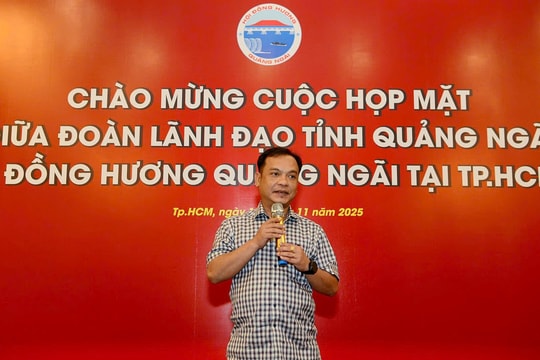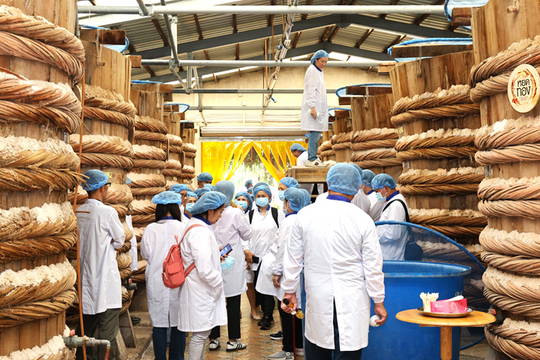The trip treasure
The veil of secrecy surrounding the fate of the Mekong has baffled scientists, antiquities hunters, and curiosities alike for more than a century, but it has remained undetermined to this day. Among those who have ben seeking the treasures on board the Mekong is Professor Robert Stenout (France) and after more than 30 years of research in hundreds of libraries, archives, ports and many shipping lines... until October 1995, R.Stenout found a relatively accurate location of the wreck of the Mekong. It is the area of Cape Guadaqui in the Red Sea.
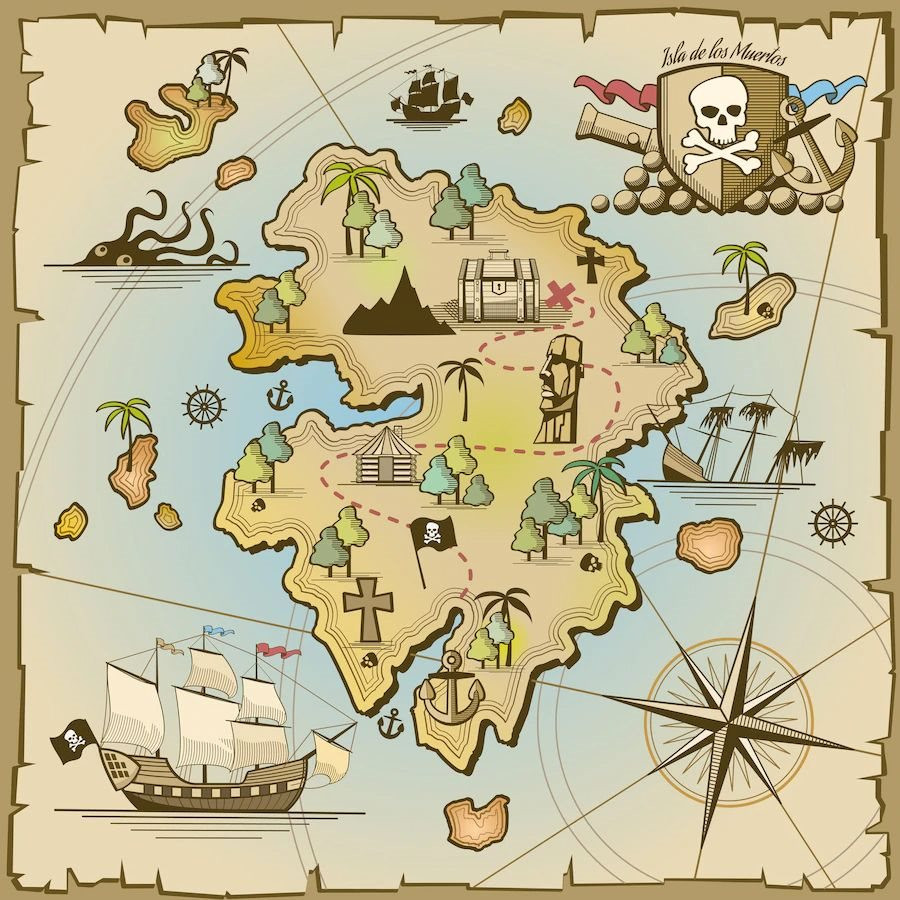
According to R.Stenout, the Mekong was a rather large ocean liner designed with two functions of transporting passengers and carrying goods. Its function of transporting godos did not affect the elegance and luxury of it. In the early years of the 20th century, due to technical limitations, the journey between the Southeast Asia (Vietnam) to France and viceversa was such a long journey, sometimes taking months. So Mekong was designed and luxuriously decorated as a floating palace on the sea.
The last voyage of the Mekong ship recorded in the logbook was in 1906, the ship carried 180 officers and sailors, in addition to 66 passengers and dozens of tons of precious antiques and a secret hold filled with cargo. According to the initial survey of the divers of the ship Scorbio commanded by Captain Campbell (Scorpio was the ship that Stenout used in his treasure hunt), there were hundreds of thousands of solid gold bars as the legend of Mekong has spread.
However, just a few days after the treasure hunters discovered the shipwreck localtion, a fierce civil war broke out in the country where Mekong wreck was had been found in its territory waters. The search for treasure aboard the ship was forced to stop indefinitely. Later, for many reasons, both subjective and objective, the veil of secrecy of the Cham treasure has been unveiled so far.
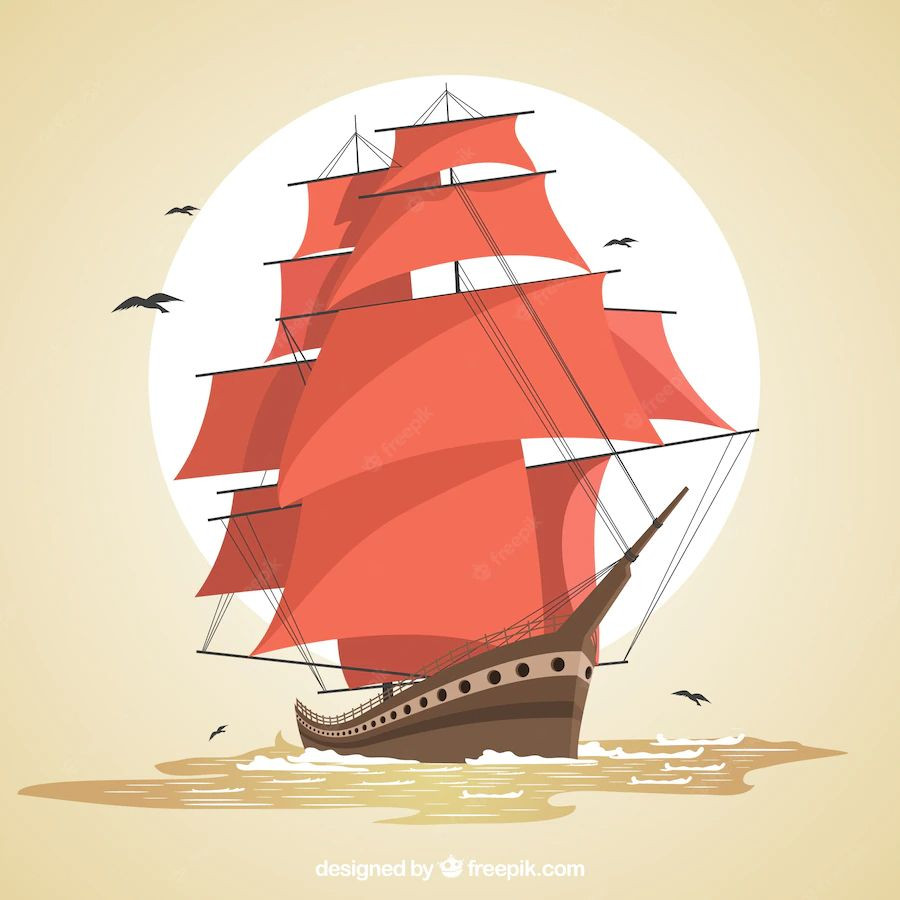
Ch. Lemire – a French writer described the ancient Cham towers in Binh Dinh province in his work Les Tours chames de la Province de Binh Dinh (Saigon 1980) as follows: “In the towers there are statues, they were most likely of gold or of silver, with eyes of gems and teeth of diamonds. They were taken away from the very beginning. The stone statues could be taken away soon after. The statues were dug up to remove the holy paintings that had been attached to them”.
The Silver towers (known to the Vietnamese as Banh It towers) had a series of remarkable works: most of the statues are of gold or gold gilded stone. The last statue covering the dome was brought to France in 1886. Nearly 80 tons of carved stone managed by Dr. Maurice were transported on the ship Mekong to France, expected to be displayed at the Museum of Lyon. Unluckily, the ship unfortunately sank in the Red Sea. Somali divers then, thinking they had found treasure, brought a large number of these heavy boxes ashore, but they only found rocks and stones.
According to researchers, the treasure that Mekong supposed to bring back to France at that time was collected in the Sa Huynh - Vijaya Cultural area from Quang Nam to Binh Thuan and it was not the only treasure of the Champa Kingdom.
The two gold spheres on Doi tower
According to legends, on the top of the Doi Tower- a cluster of two towers located in Dong Da ward, Quy Nhon- formerly had two large spheres made of pure gold. Both of these gold spheres were looted by white sailors from a European ship and carried away after a sneaking attack. The Cham people did not appreciate the value of gold and they often used gold in large quantities in a fairly common way in their architectural of temples and towers. It can be explained that the ancient nation owned a lot of gold mines with rich reserves. Gold was used to cast statues for worshipping, reliefs and was inlaid on statues for decoration. Legends said Cham people usually painted statues with a special coat of paint to prevent thieves.
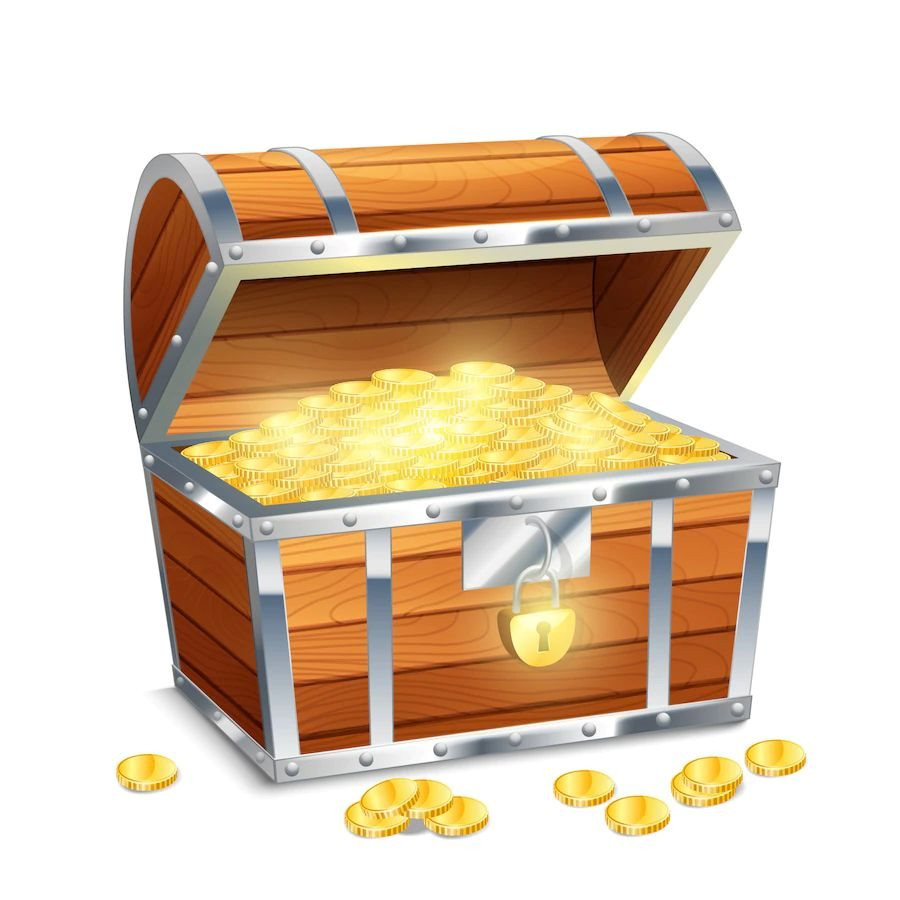
Cham treasures have been mentioned for a long time by French scientists. The last treasure, where the remains of the Champa dynasties had been kept, was mentioned in the work Un Royaume Disparu- Les Chams et Leur Art-1923 (France). The mysterious wealth of the Champa Kingdom may be true as scientific studies have published. But even if the truth is not so, with the inheritance of 14 ancient Cham towers, it can be affirmed that - Binh Dinh once owned a part of the treasures of the ancient Cham people...


.jpg)




